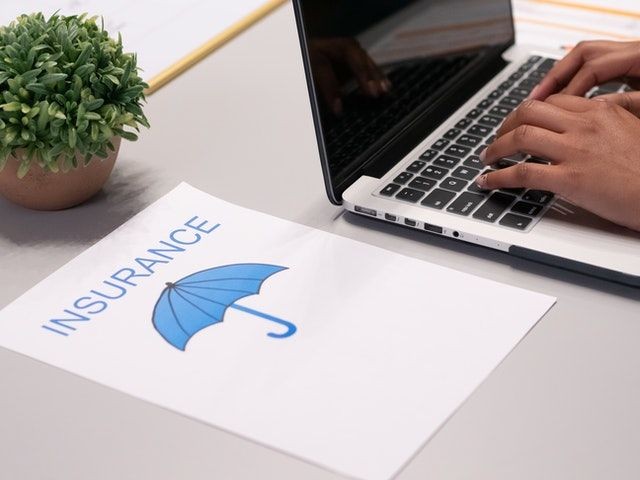Third Party Property Damage In Insurance Terms Explained
Third Party Property Damage (TPPD) is a crucial component of insurance coverage, providing financial protection for individuals and businesses in the event of damage to someone else’s property caused by an insured party. Understanding the nuances of TPPD is essential for making informed decisions about insurance policies.In the insurance realm, “third party” refers to any party other than the policyholder and the insurer. Therefore, TPPD specifically addresses the potential harm an insured party may cause to the property of others.
This type of coverage is distinct from other forms of insurance, such as comprehensive coverage, which typically covers damage to the policyholder’s own vehicle.TPPD insurance serves as a safeguard against the financial repercussions of unintentional property damage. For instance, if you accidentally collide with another car or damage someone’s fence while driving, your TPPD coverage would come into play.
This type of insurance is particularly valuable for those who want to protect their assets from potential legal and financial liabilities resulting from property damage incidents.The coverage usually encompasses a broad range of properties, including vehicles, buildings, fences, and other structures. However, it’s important to note that TPPD doesn’t cover damage to the insured party’s own property. For that, individuals may need to consider additional coverage options like comprehensive insurance.
In the event of an accident, the policyholder is responsible for covering the costs of repairing or replacing the damaged property. However, with TPPD insurance, the financial burden is transferred to the insurance provider, up to the policy’s limits. This can be a significant relief, especially in cases where the cost of repairs or replacements is substantial.
When selecting TPPD coverage, individuals should carefully review policy terms, coverage limits, and any applicable deductibles. Policyholders need to be aware of the maximum amount the insurance company will pay for property damage and any out-of-pocket expenses they may incur.
Deductibles, the amount the policyholder pays before the insurance coverage kicks in, should also be considered in the decision-making process.Additionally, policyholders should be mindful of any exclusions or limitations within the policy. Certain circumstances, such as intentional damage or damage caused while committing a crime, may not be covered by TPPD insurance. Understanding these exclusions is vital to avoid surprises in the event of a claim.
In conclusion, Third Party Property Damage insurance is a crucial element in managing the financial risks associated with unintentional property damage caused by the insured party. It provides a safety net, ensuring that individuals and businesses are protected from the potential financial consequences of damaging someone else’s property. Thoroughly reviewing policy terms, coverage limits, and exclusions is essential for making informed decisions and obtaining the right level of protection.








